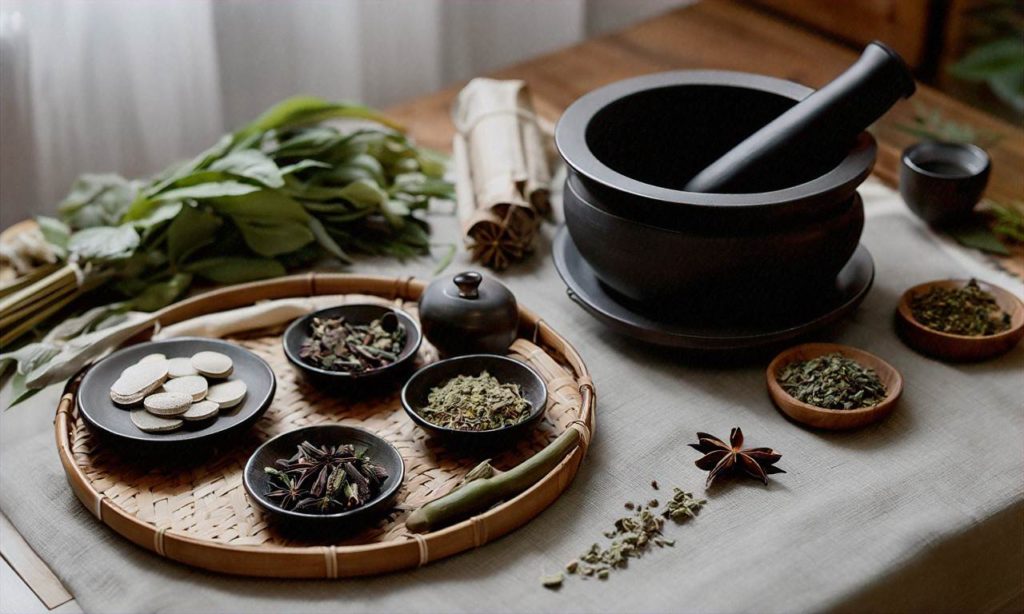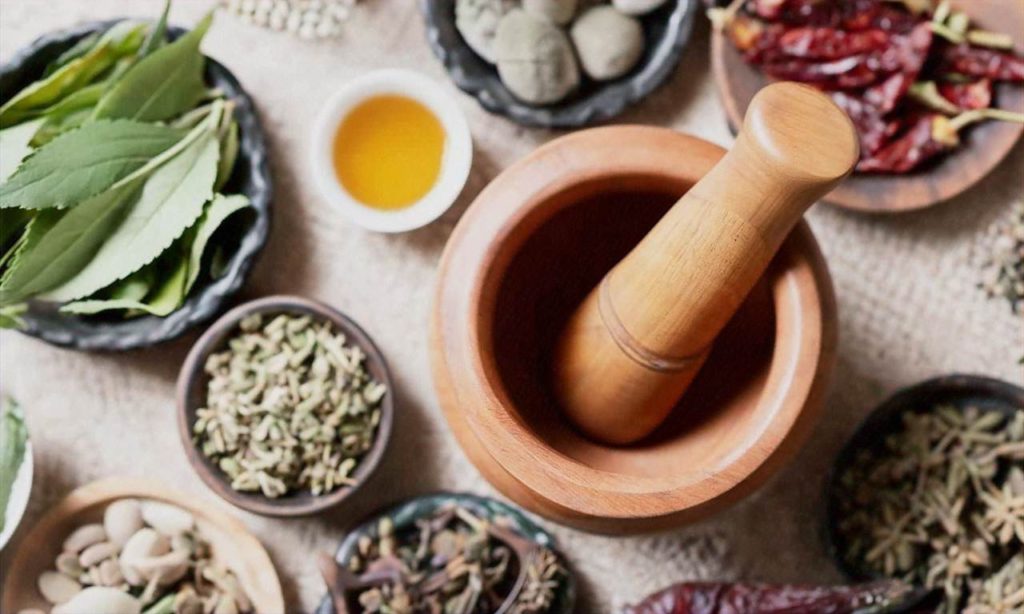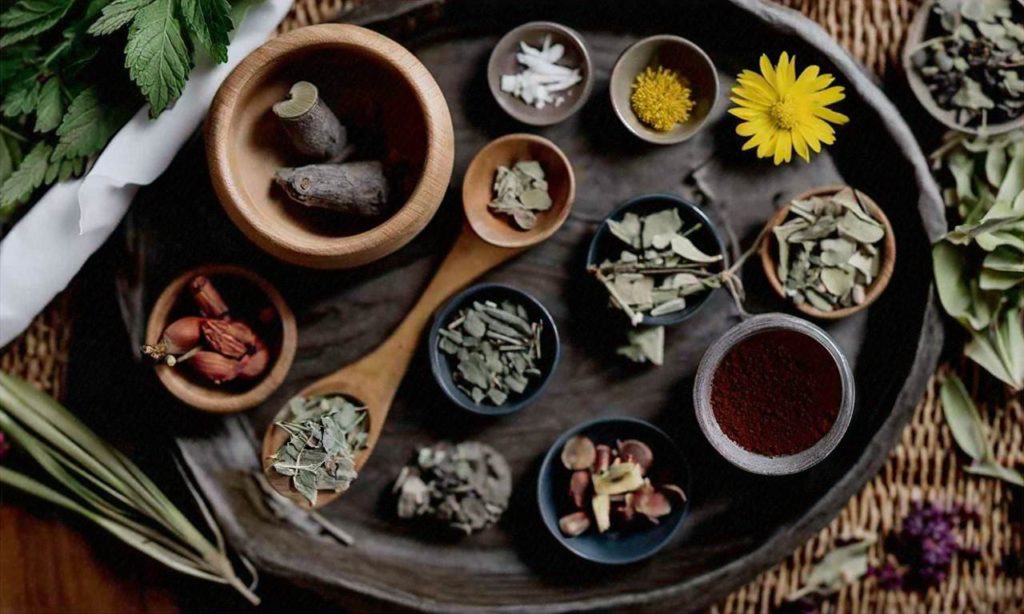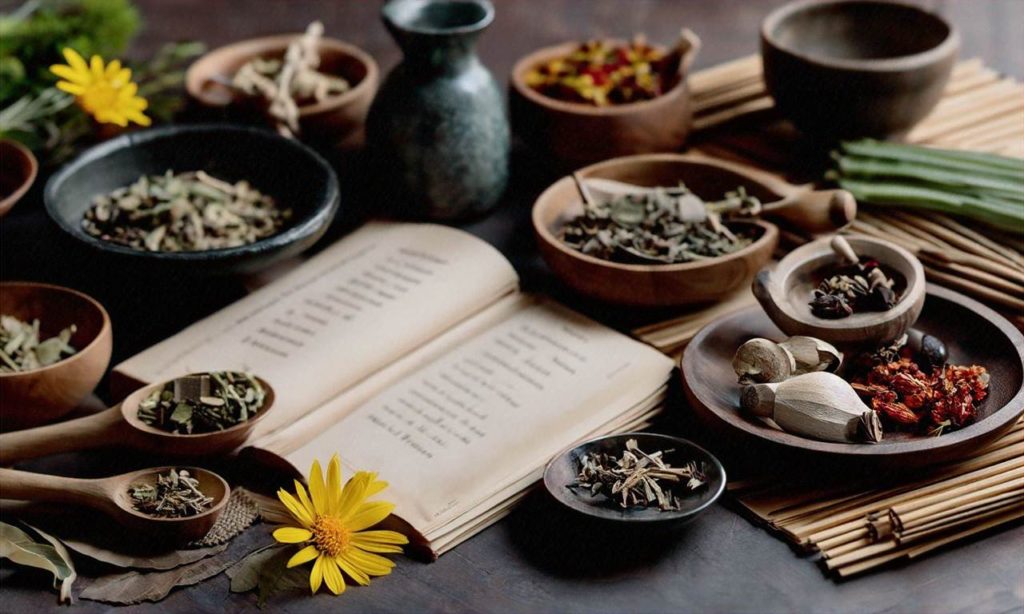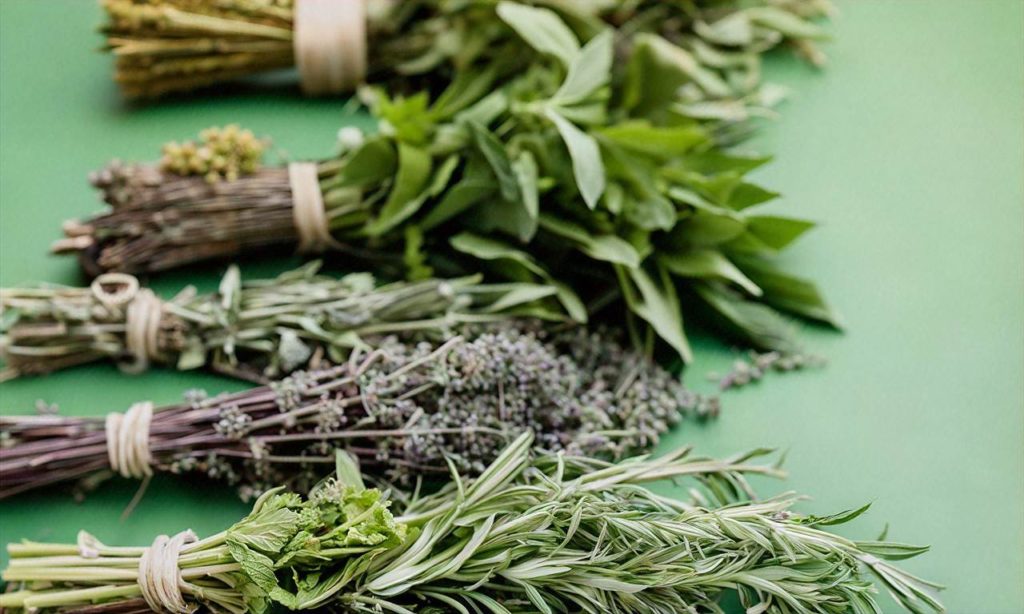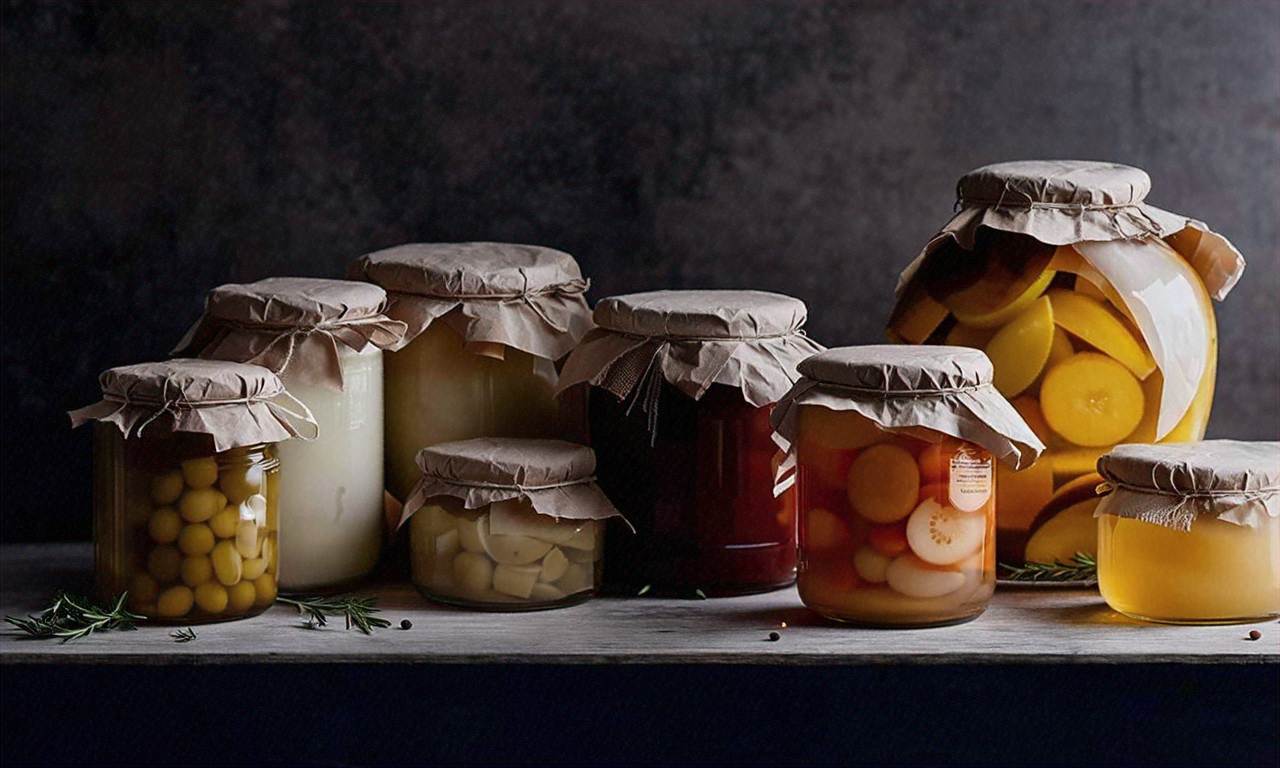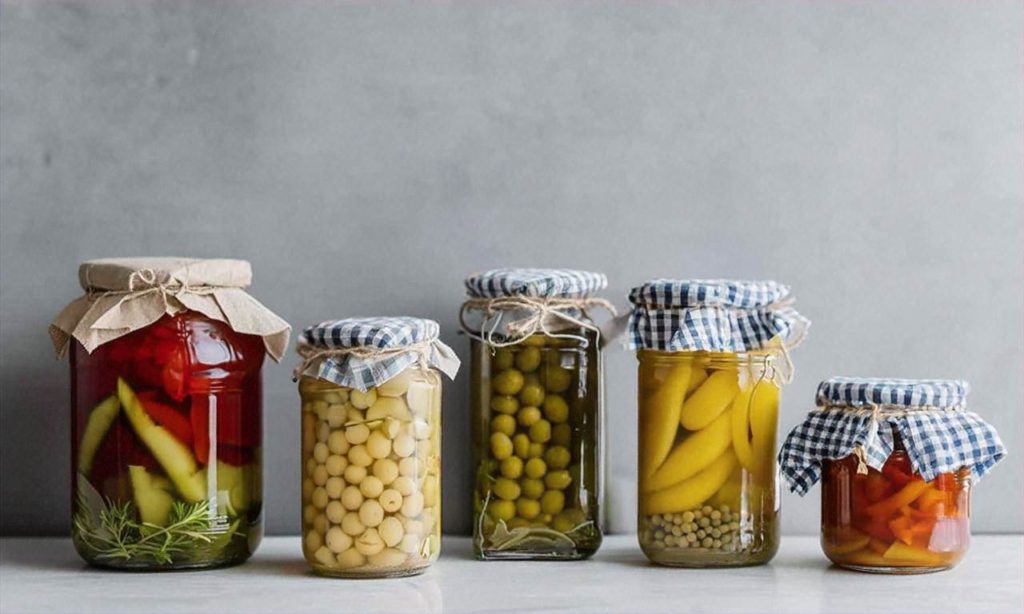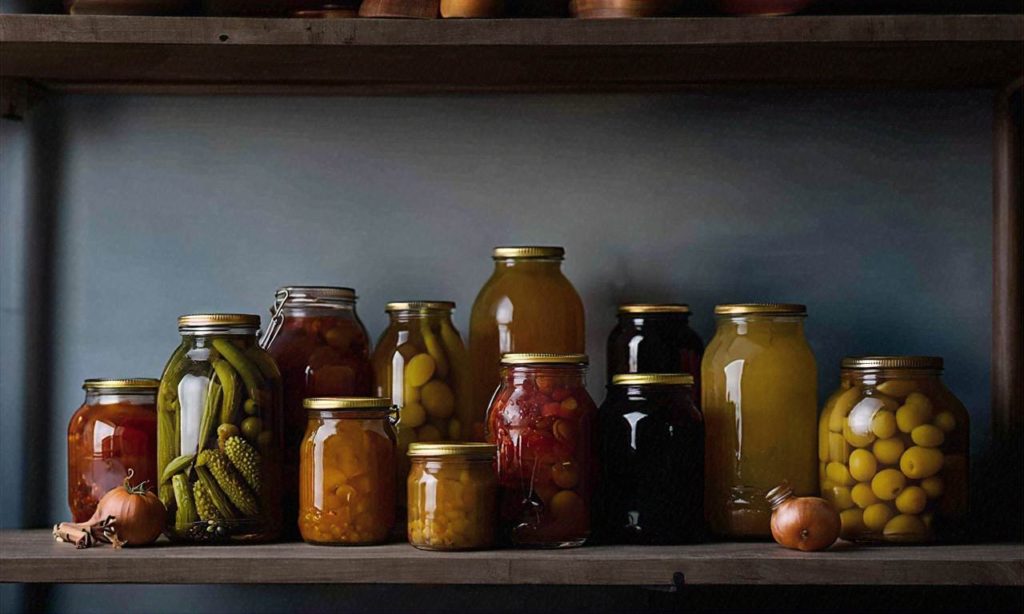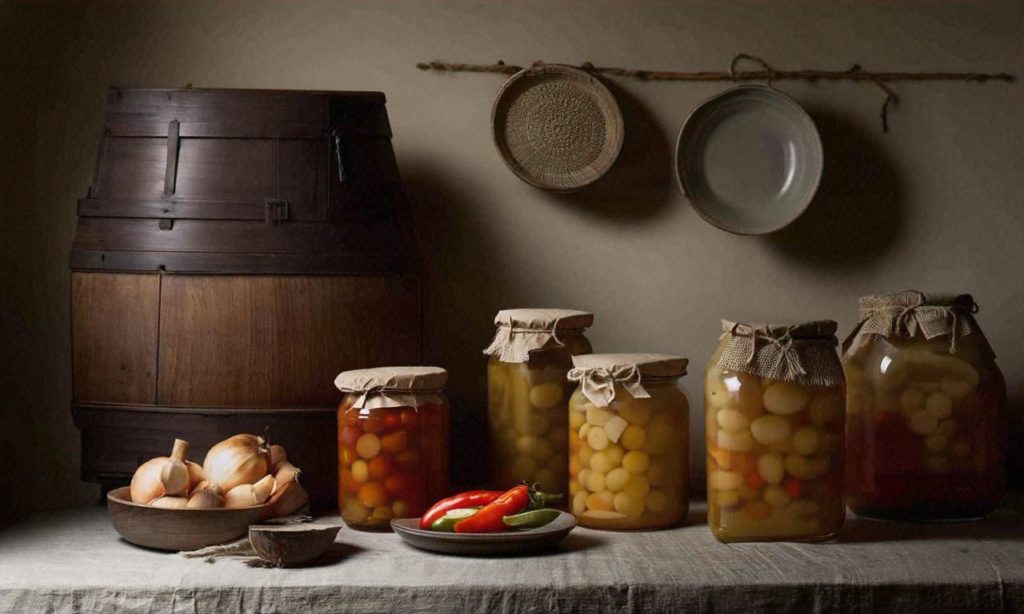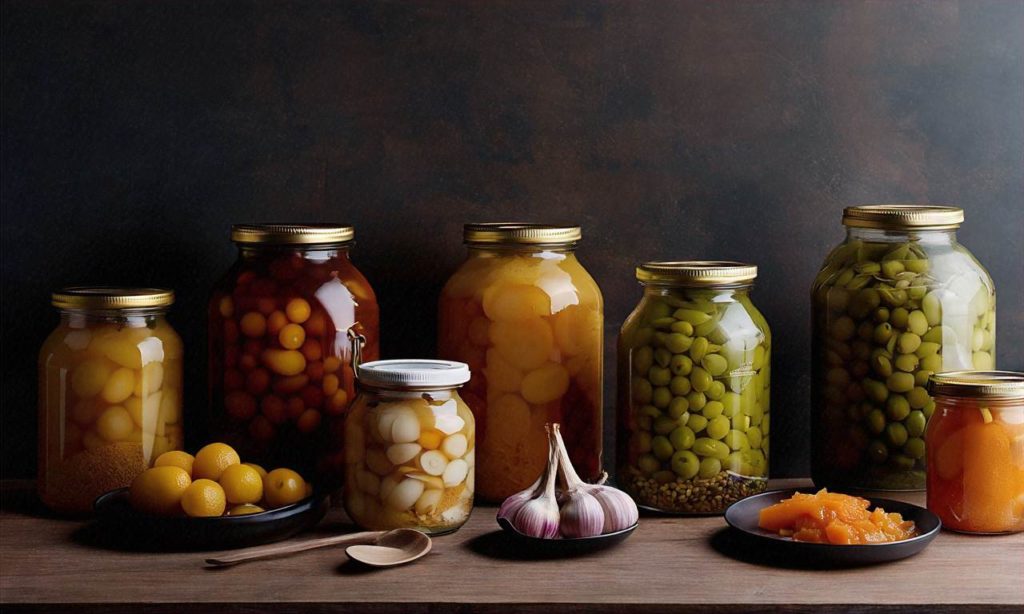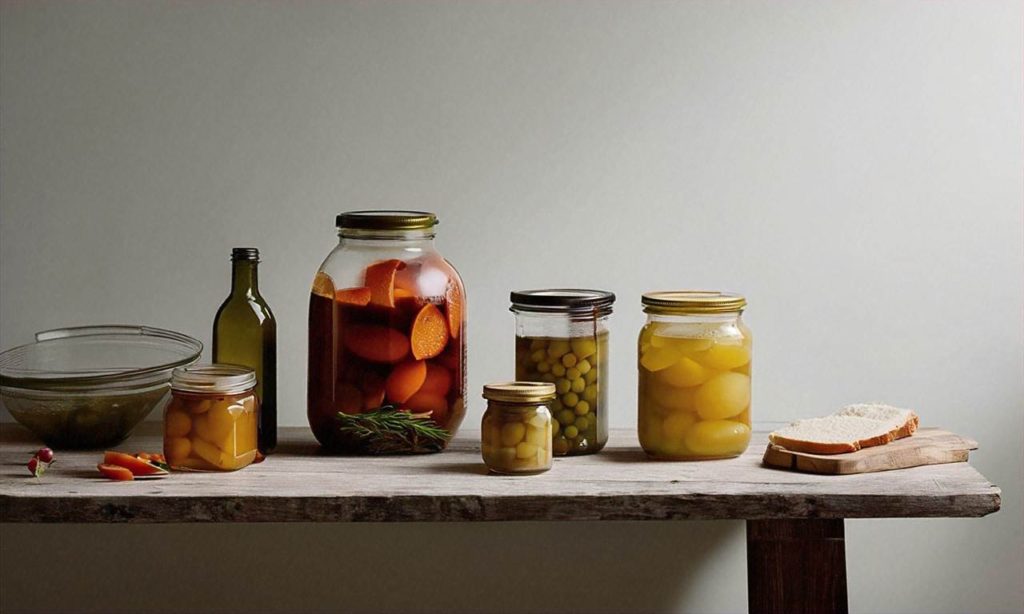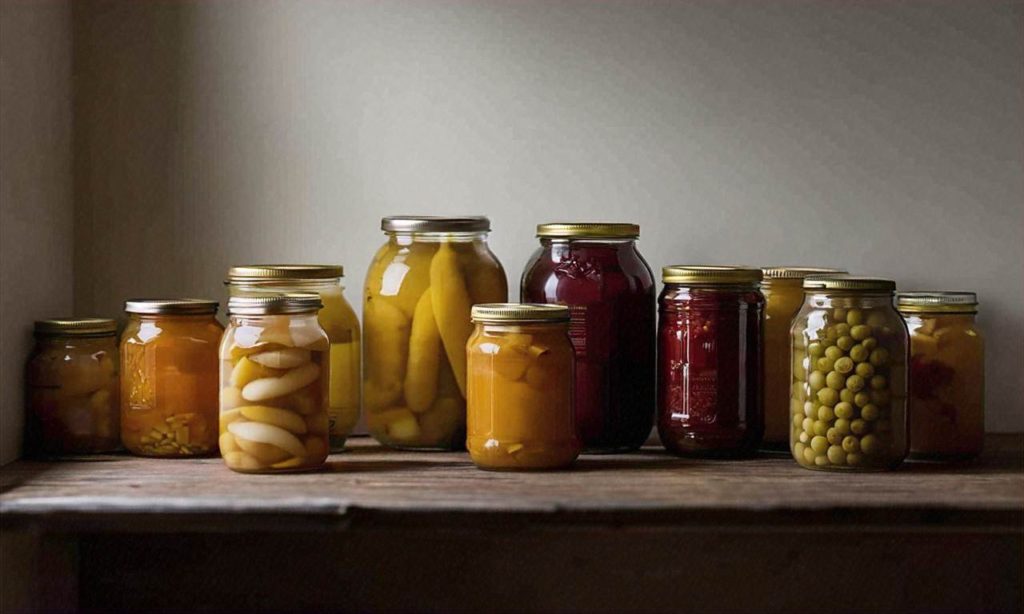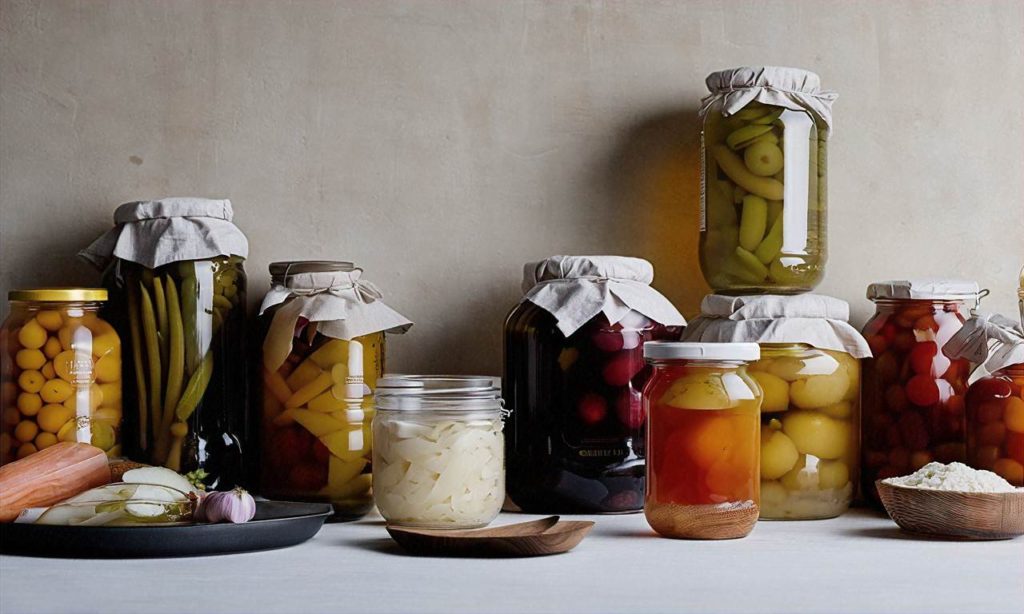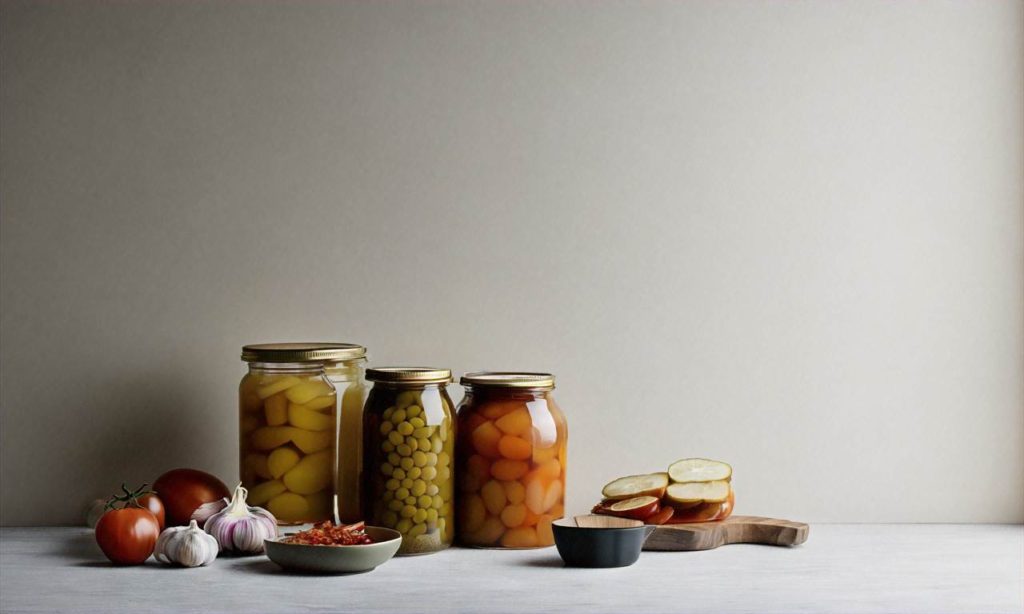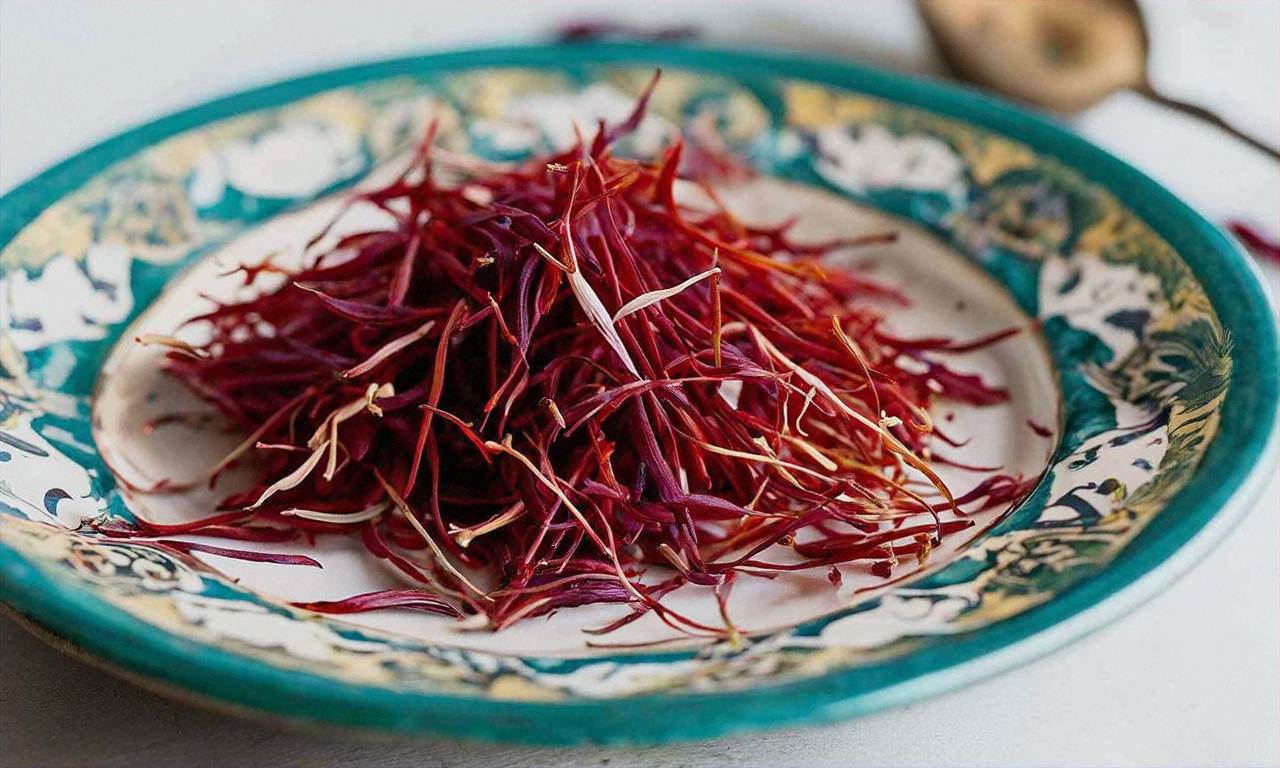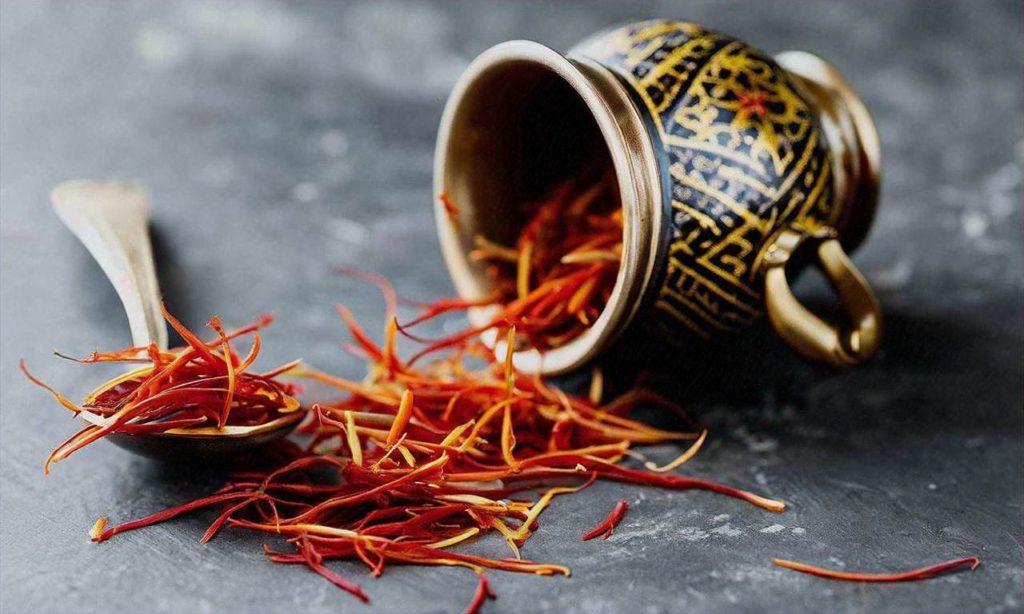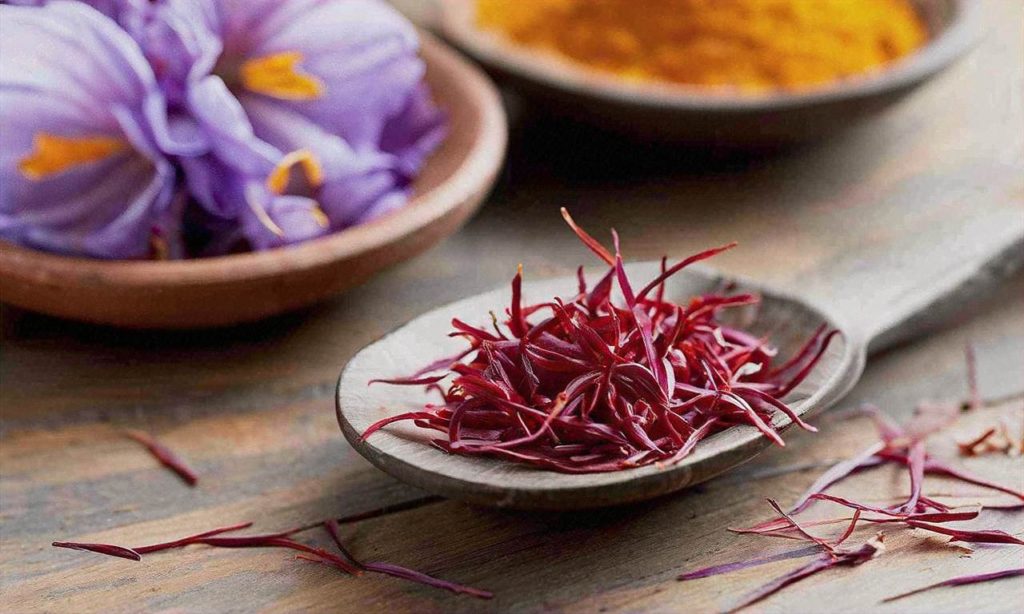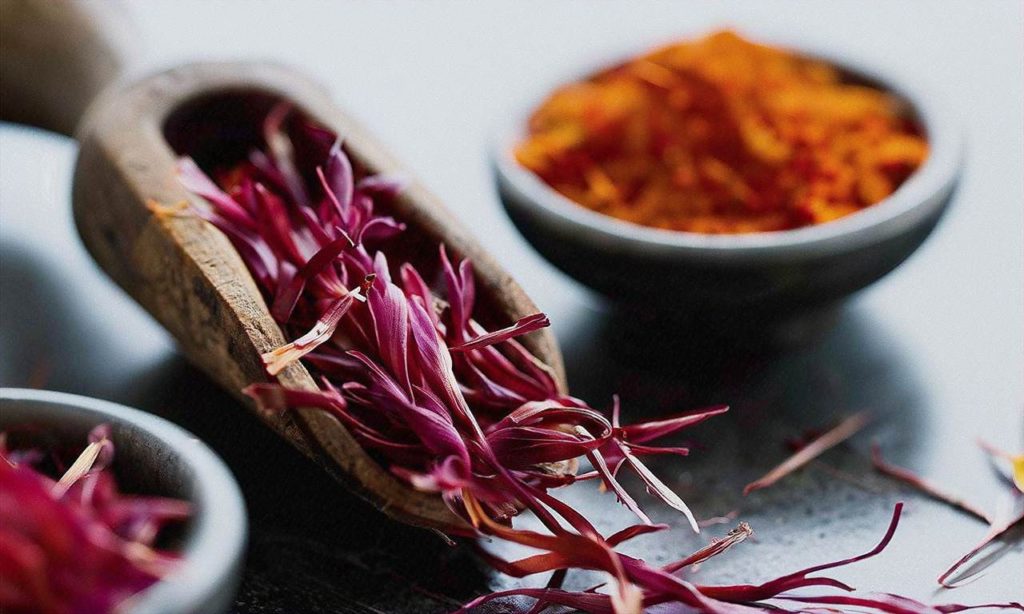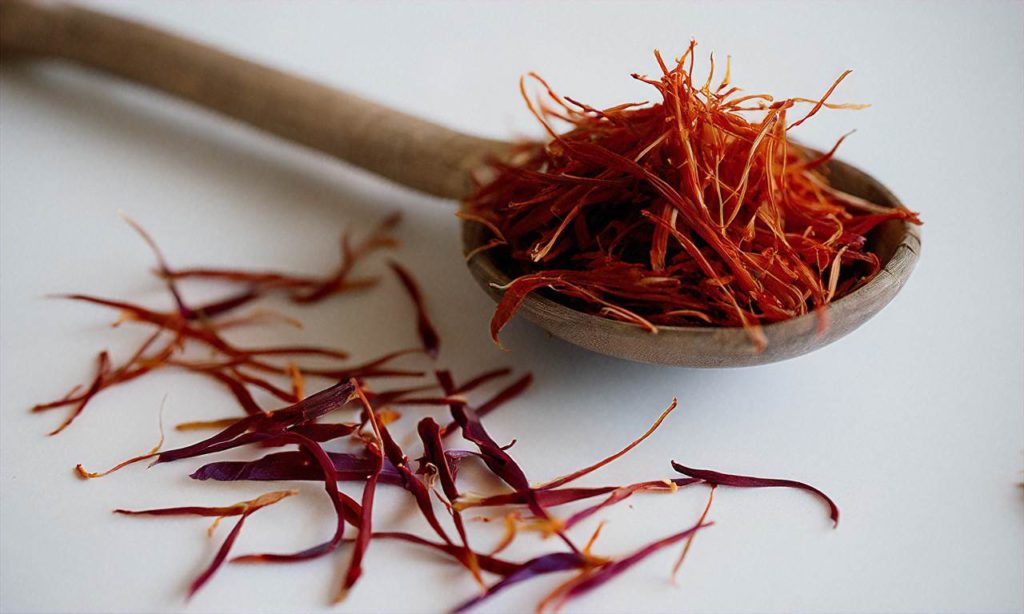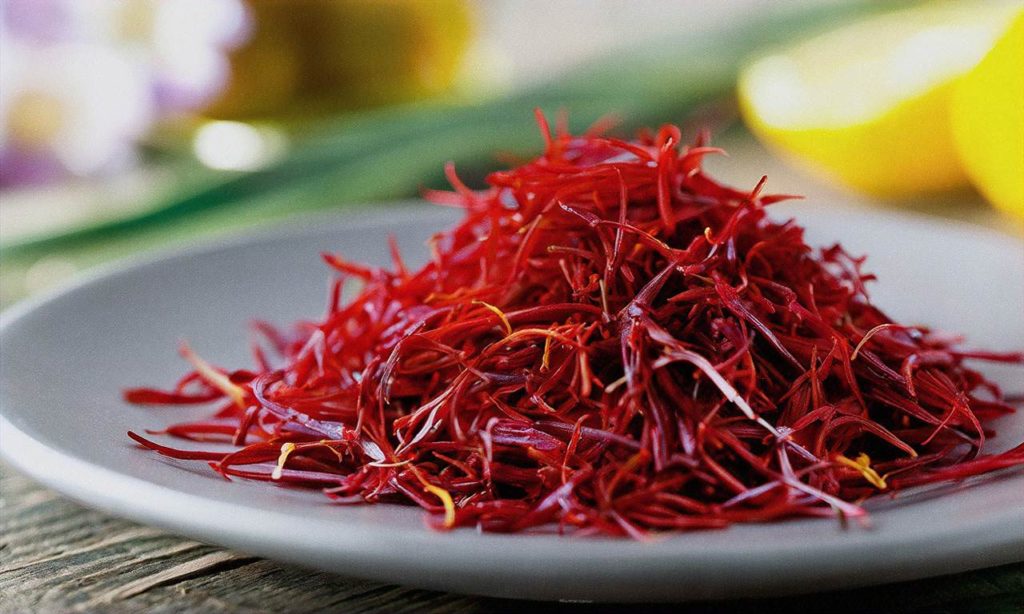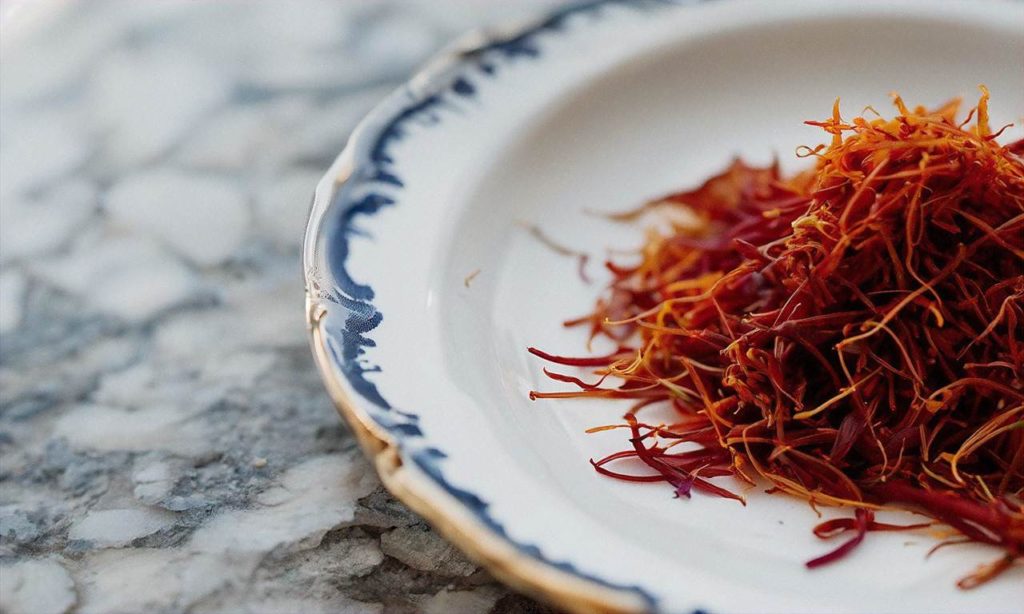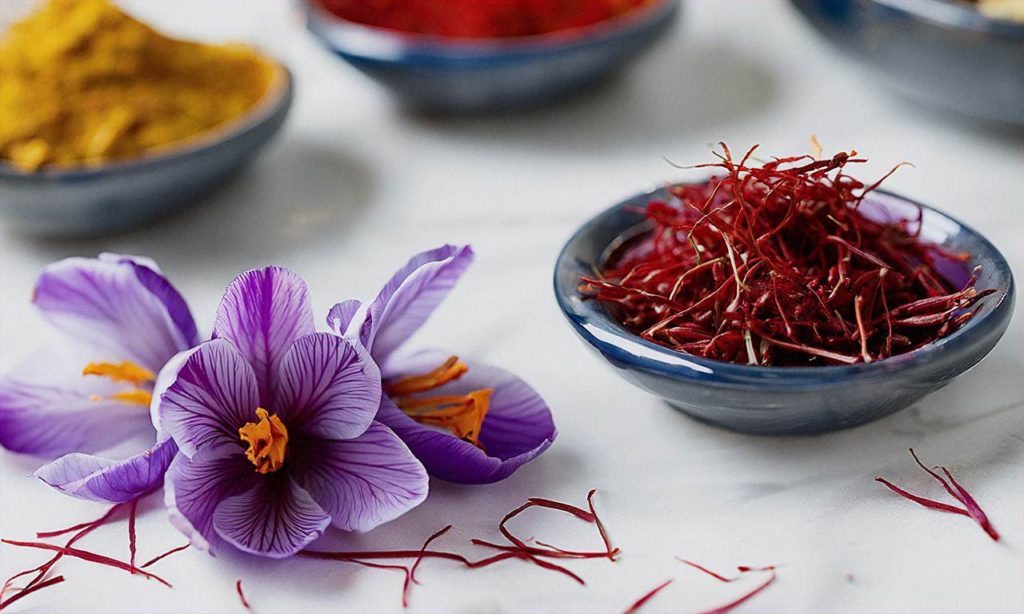Warm Up with Fall Spices
As the weather turns crisp and the leaves start to fall, our thoughts turn to warming up from the autumn chill. There’s no better way to banish the cold than by infusing your kitchen with the sweet, spicy scents of fall. Autumn’s signature spices not only fill your home with cozy aromas, they provide a host of health benefits as well.
Warming spices like cinnamon, nutmeg, ginger and cloves impart a subtle heat that increases circulation and leaves you feeling toasty from the inside out. Their anti-inflammatory compounds can give your immune system a boost to fend off those seasonal sniffles. Certain spices are also packed with antioxidants to support overall wellness. Infusing your favorite autumnal treats and drinks with spices is a tasty way to reap these benefits.
As we transition into the cooler months, our bodies naturally crave warming, comforting flavors to provide a counterbalance. The rich, gently spiced flavors we associate with the fall season give us a sense of familiarity and nostalgia. Sitting down to a soul-warming bowl of cinnamon-kissed oatmeal, or a mug of chai brimming with ginger, cardamom and black pepper transports us back to childhood days of crisp, apple-scented mornings. The sweet scent of pumpkin pie spices wafting from the oven ignites our anticipation for cozy gatherings with friends and family.
We tend to reach for those comforting, spice-laden flavors without even realizing their emotional and physical impact. Beyond imparting nostalgia and warmth, spices contain powerful health-protective compounds. Antioxidants found in spices like cinnamon, turmeric, cumin and thyme help reduce cellular damage from free radicals. Anti-inflammatory compounds in ginger, black pepper and cloves soothe joint pain and boost immunity. Certain spices are also linked with antibacterial and antiviral properties to fend off illness.
While spices make any dish more appetizing, they serve a greater purpose than simply enhancing flavor. Ancient cultures have long recognized the protective powers of spices. Now, modern research is validating many of their traditional uses. As you cook with your favorite fall spices this season, you can feel good knowing these flavorful ingredients are also providing tangible benefits. So cozy up with spiced apple cider, pumpkin bread or a comforting curry. Let these fragrant, health-boosting spices warm you from the inside out.
Cinnamon, Nutmeg & Cloves: Classic Fall Flavors
The aromatic spices cinnamon, nutmeg, and cloves evoke cozy fall days spent baking in the kitchen. Their warming flavors and fragrances transport us back to childhood memories of the changing leaves, crisp autumn air, and hearty comfort foods. This trifecta of spices adds sweetness, spice, and depth to both sweet and savory dishes, making them essential for autumnal cooking.
Cinnamon’s sweet and spicy zing enhances everything from breakfast baked goods to slow-cooked stews and chilies. Its distinctive flavor and fragrance sparks nostalgia for the autumn season. Cinnamon combines beautifully with apples, pumpkin, chocolate, vanilla, nuts, and winter squash in comforting baked goods like pies, cakes, cookies, muffins, coffee cakes, and quick breads. It also adds warmth and complexity to savory dishes like chicken tagines, beef stews, bean chilies, roasted root vegetables, curries, and rice pilafs.
The mildly spicy, musky sweetness of nutmeg is the perfect match for fall’s signature flavors. Its warmth shines through in spice-flecked egg custards, creamy pumpkin dishes, old-fashioned fruit pies, and nutty, custard-filled pastries. Blend it into cream sauces for pasta or chicken, stir it into mashed root vegetables, or add it to savory bread stuffings heightened with sausage, mushrooms, or chestnuts. Freshly grated nutmeg provides the best flavor.
Cloves have a sweet-spicy, aromatic warmth that evokes the holiday season. Their pungency stands up especially well to long simmering in brothy braises, mulled ciders, rich desserts, and spice cookies. Cloves pair nicely with red wine and oranges, as well as apples, pears, and dried fruits. Use cloves sparingly though, as their assertive flavor can overwhelm.
This trio of baking spices shares an affinity for apples, pumpkin, nuts, chocolate, and vanilla. Their flavors bloom through long, slow cooking methods that give time for the spices to permeate—think braises, oven-roasted dishes, simmering pots of soup or mulled cider, steamy baked puddings, and slow cooker recipes. The warmth of these spices makes them well-suited for the chillier temperatures of fall. So break out the cinnamon, nutmeg, and cloves this autumn and let their comforting flavors infuse your cozy seasonal cooking.
Pumpkin Spice Recipes Beyond Latte
The pumpkin spice latte may be the poster child for pumpkin spice flavor, but there’s so much more you can do with this iconic fall flavor combination. From breakfasts to desserts and everything in between, pumpkin spice can add its warming flavors to all kinds of autumnal treats.
Pumpkin Spice Pancakes
Start your fall mornings off right with a tall stack of fluffy pumpkin spice pancakes. They make for the perfect weekend brunch paired with maple syrup, toasted nuts, and a steaming mug of coffee. The pumpkin puree gives them a subtly sweet flavor and beautiful orange color, while the classic pumpkin pie spices—cinnamon, ginger, nutmeg, and allspice—add that quintessential autumn aroma and warmth.
Pumpkin Spice Baked Oatmeal
Baked oatmeal is a great make-ahead breakfast for busy fall mornings. This pumpkin spice version has all the comforting flavors of pumpkin pie baked right into a hands-off, satisfying meal to fuel your day. The combination of oats, pumpkin, warm spices, maple syrup and nuts makes this a sure crowd-pleaser.
Pumpkin Spice Smoothie Bowl
Blend up this cold pumpkin spice smoothie bowl for the perfect healthy breakfast or snack when you want pumpkin flavor without turning on the oven. Silky pumpkin, banana, yogurt and milk get spiced up with cinnamon, ginger and nutmeg and topped with crunchy granola, coconut flakes and pumpkin seeds for texture and crunch. It’s creamy, filling and full of cozy fall essence.
Pumpkin Spice Energy Bites
These bite-sized pumpkin spice treats make an ideal quick snack for autumn. Date paste and pumpkin puree lend natural sweetness and bind together oats, nuts, spices and chocolate chips for the ultimate pumpkin spice flavor bomb. They come together in just one bowl and store for a grab-and-go fall snack.
Pumpkin Spice Chili
For the ultimate comforting one-pot meal, look no further than this pumpkin spice chili. Beans, pumpkin puree and veggies simmer in a rich, tomatoey broth spiked with warm spices like cumin, paprika, cinnamon and cayenne for a hearty, flavorful chili that really tastes like autumn. Top with avocado, cheese or pumpkin seeds.
Pumpkin Spice Soup
What better way to warm up than with a steaming bowl of pumpkin soup swirled with cream and fragrant fall spices? This velvety soup has an incredibly lush and satiny texture thanks to vitamin-rich pumpkin puree. The blend of ginger, nutmeg and cinnamon adds comforting warmth and vibrancy. Serve with crusty bread for dipping into every last spoonful.
Pumpkin Spice Granola Bars
Chewy granola bars with all the flavors of pumpkin pie make for a most tasty autumn snack. Buttery oats, brown sugar, vanilla and pumpkin pie spice get pressed into bars with pumpkin puree, chocolate chips and nuts for bars that taste like a walk through the leaves. Wrap individually to take along in lunches or as a pick-me-up with coffee or tea.
Pumpkin Spice Popcorn
For a savory, seasonal twist on movie night popcorn, toss air-popped kernels with olive oil, pumpkin pie spice and a bit of brown sugar. The sugar caramelizes as it pops, coating each kernel with sweet and spice. Sprinkle with a little extra salt for the ultimate sweet and salty popcorn snack that feels like cozying up by the fire.
Pumpkin Spice Maple Roasted Chickpeas
Roasted chickpeas make for the perfect hearty and healthy snack, with their crispy-crunchy exteriors and nutty, creamy insides. Coating them in maple syrup, olive oil and pumpkin pie spice takes them to a whole new level of fall deliciousness. These maple pumpkin spice roasted chickpeas will be your new favorite snack for autumn.
Apples and Warm Spices: A Perfect Pair
As the air turns crisp and the leaves start to fall, apples come into peak season. Their sweet, tart flavor pairs perfectly with warming spices like cinnamon, nutmeg, ginger and cloves. Together, they create the quintessential flavors of fall.
In this section of our Autumn Warmers series, we’ll explore recipe ideas that bring out the best of apples and cozy spices. Whether baked into pies and crisps, simmered into compotes and sauces, or muddled into cocktails, apples and spices simply belong together.

Heirloom Apple Crisp with Cinnamon and Nutmeg
For a comforting fruit dessert on a chilly fall night, you can’t beat a classic apple crisp. Tart heirloom apples are topped with a buttery, spiced streusel topping and baked until bubbly and golden. The contrast of the tender fruit and the crispy, spiced topping is so satisfying.
We love Jonagolds, Honeycrisps or Pink Ladies in this Autumn Warmers recipe, but use your favorite local heirloom varieties. Toss the sliced apples with cinnamon, nutmeg and just a bit of sugar to lightly sweeten. Top with a streusel mixture of flour, oats, brown sugar, cinnamon and nutmeg before baking. The results are a perfect cozy dessert, best served warm with a big scoop of vanilla ice cream.
Mulled Cider with Apples and Mulling Spices
Simmering a pot filled with apples and mulling spices is one of the easiest ways to fill your kitchen with fall fragrance. Mulling spices like cinnamon sticks, whole cloves, star anise and orange peel infuse apple cider with their warming flavors. We love to serve homemade mulled apple cider at autumn gatherings – its aromas are so inviting, and it makes any occasion more festive.
Sliced apples softened in the simmering cider contribute even more apple flavor. Ladle into mugs and top with an optional splash of brandy or rum for the adults. Mulled cider is delicious on its own, but also pairs nicely with Autumn Warmers cookies or other baked treats.
Apple Pie Spiced Roasted Nuts
Looking for an irresistible spiced snack to serve guests as you gather around the firepit? These apple pie spiced nuts are sure to be a hit. Toss walnuts or pecans with cinnamon, nutmeg, ginger and other apple pie-inspired spices, then roast until toasty and fragrant. The sweet and salty nuts will have everyone going back for more handfuls. They’re delicious on their own or sprinkled over autumn recipes like salads, oatmeal or ice cream.
Whiskey Apples with Orange and Cloves
Sometimes the simplest recipes allow the ingredients to shine. These whiskey apples highlight the natural affinity between apples and warming spices. Sliced apples are simmered with orange juice, cloves and cinnamon until softened. A splash of whiskey brings out even more rich, intense flavor. Enjoy the spiced apple compote warm over oatmeal, spooned over ice cream or even stirred into cocktails. We love showcasing local apples and spices in this easy Autumn Warmers recipe.
Spiced Apple Upside-Down Cake
Upside-down cakes showcase fruit in the starring role, with the tender cake playing a supporting part. This spiced apple version features caramelized apples baked under a lightly spiced batter. The results are so impressive – as you flip over the cake after baking, the apples are beautifully displayed. A ginger and cinnamon infused glaze adds even more flavor. Serve wedges of this spiced apple cake warm from the oven with a scoop of vanilla bean ice cream in our next cozy Autumn Warmers post.
We hope these apple and spice recipe ideas have sparked some inspiration to enjoy fall flavors to their fullest potential. Apples and warming spices simply go hand-in-hand. Their affinity for each other shines through in rustic crisps, comforting drinks, sweet and savory snacks and elegant cakes. As the weather turns cool, break out the cardamom, nutmeg and cloves to blend with peak season apples. You’ll instantly bring warmth and coziness to any kitchen.
Ginger: A Spicy and Soothing Addition
Ginger is a warming and aromatic spice that adds a spicy kick and soothing flavor to drinks and dishes perfect for cozy autumn nights. Its tangy heat and subtle sweetness make it a versatile ingredient when creating autumn warmers.
Ginger has long been used in traditional medicine as a digestive aid and to help soothe nausea or motion sickness. Modern research shows ginger contains anti-inflammatory compounds called gingerols that may help relieve joint and muscle pain when consumed regularly. This makes ginger an ideal spice for spicing up soothing teas, warming nonalcoholic nightcaps, or spiked autumnal beverages you can sip while curled up under a blanket.
One easy way to incorporate ginger into cozy autumn recipes is through fresh ginger tea. Simply steep thinly sliced fresh ginger root in hot water for 10-15 minutes along with a cinnamon stick and orange slices. The resulting ginger tea makes for a comforting, fragrant drink to enjoy on chilly autumn nights. To give the ginger tea a delicious autumnal twist, add a splash of apple cider or pumpkin puree.
Ginger also stars in a variety of Autumn Warmer spice-infused drinks that can be served warm or chilled over ice. For a warming ginger apple cider, simmer apple cider, lemon juice, honey and grated fresh ginger together for 15-20 minutes. Strain the mixture before serving for a sweet and spicy non-alcoholic beverage. For an adult twist, add rum or bourbon. Batch this Autumn Warmer drink and store in the fridge for easy weeknight enjoyment.
The bright, citrusy heat of ginger makes it an ideal addition to cranberry juice cocktails. Mix together cranberry juice, orange liqueur, lemon juice and grated ginger in a cocktail shaker with ice. Shake vigorously and strain into sugar-rimmed glasses for a gorgeous rosy cocktail that perfectly balances sweet and spice flavors. Garnish with orange slices or cranberries if desired. Sip while admiring the fall foliage through the window.
For an indulgent nightcap, blend heated almond milk with pure maple syrup, grated fresh ginger and a dash of cinnamon. Top with freshly whipped cream and garnish with candied ginger pieces for a soothing and comforting end to a chilly autumn day. This creamy Ginger Spice Nightcap highlights ginger’s ability to aid digestion after a heavy meal.
The warming heat of ginger melds beautifully with the creamy sweetness of pumpkin in both savory and sweet dishes. Add grated fresh ginger and ground ginger to the filling of your favorite pumpkin pie or pumpkin soup recipes. You can also fold grated ginger into pumpkin bread or pumpkin muffin batters. Top these autumnal baked goods with a ginger crumble for extra spice and crunch. The combination of ginger and pumpkin evokes the very essence of fall.
For a simple weeknight dinner, make a Thai red curry pumpkin soup spiced with garlic, ginger, coconut milk and red curry paste. Roast cubes of pumpkin or squash in the oven until caramelized before adding them to the aromatic curry broth along with spinach or kale. Garnish bowls of this vibrant soup with fresh cilantro. The ginger helps to balance the richness of the coconut milk.
You can also use freshly grated ginger to add heat and brightness to a variety of Autumn Warmer beverages. Steep ginger with orange peel and cloves in apple cider for an overnight mulled cider that fills your kitchen with cozy aroma. Stir a teaspoon of grated ginger into hot chocolate or coffee for extra warmth. Or blend it into your favorite pumpkin spice latte recipe for a gingery twist.
However you choose to use it, ginger’s sweet heat and soothing properties make it an ideal addition to spice-infused recipes and drinks for cozy autumn nights spent curled up indoors. This versatile root adds aromatic flavor and comforting warmth to both savory dishes and sweet treats. So don’t be afraid to experiment with ginger while creating your own Autumn Warmer recipes this fall.
Mulled Ciders with Apple & Orange
As the air turns crisp and the leaves start to fall, few things are as comforting as a steaming mug of mulled cider. The sweet and spicy aromas immediately evoke cozy autumn nights by the fire.
Mulled ciders are easy to make at home with just a few simple ingredients. At their base, they contain apple cider, orange juice, and fall spices like cinnamon, clove, and nutmeg or pumpkin pie spice. The cider and citrus are gently heated together with the spices to infuse the drink with comforting warmth and flavor. Additional extras can include brandy or rum for an alcoholic twist.

The brilliance of mulled ciders is that they allow for ample creativity and customization. Play around with different spice blends to create your own signature mixture. We’ve highlighted two mulled cider recipes below, one classic and one with a twist using chai tea bags. Both are sure to delight on a chilly autumn evening. Don’t forget to garnish with orange slices or cinnamon sticks!
Classic Mulled Cider
This traditional mulled cider containing orange juice and autumn spices is easy to prepare. The clove, cinnamon, and nutmeg infuse the drink with nostalgia-inducing flavor. It’s perfect for Autumn Warmers: Spice-Infused Recipes for Cozy Nights get-togethers or just curling up fireside with a good book.
Ingredients:
– 1 quart apple cider
– 1 cup orange juice
– 3 cinnamon sticks
– 1 teaspoon whole cloves
– 1 teaspoon whole allspice berries
– 1 sliced orange, for garnish
– Cinnamon sticks, for garnish
Instructions:
1. Combine apple cider, orange juice, cinnamon sticks, cloves, and allspice berries in a saucepan over medium heat.
2. Bring to a gentle simmer and cook for 15-20 minutes to allow flavors to meld and infuse.
3. Serve hot in mugs garnished with orange slices and cinnamon sticks.
For an alcoholic version, add 1 cup of rum or brandy along with the cider and juice.
Chai Spiced Mulled Apple Cider
This fragrant, Indian-inspired take on mulled cider gets its spice from black tea and chai masala spice blend. The combination of cardamom, cinnamon, ginger, clove, and black pepper creates rich depth of flavor.
Ingredients:
– 4 chai tea bags
– 1 quart apple cider
– 1 orange, juiced and sliced into rounds
– 2 tablespoons brown sugar
– 1 cinnamon stick
– 1 star anise pod
– Fresh ginger, peeled and sliced (optional)
Instructions:
1. Brew chai tea bags in apple cider over medium heat for 5 minutes. Discard tea bags.
2. Add orange juice, brown sugar, cinnamon stick, star anise, and ginger (if using).
3. Gently simmer for 15 minutes to develop flavors.
4. Serve warm garnished with orange slices.
The chai spices play beautifully with the apples and orange in this mulled cider. It’s an exotic twist perfect for Autumn Warmers: Spice-Infused Recipes for Cozy Nights. The aromas transport you straight to a cozy autumn night by the fire.
Cozy Slow Cooker Recipes
As the crisp autumn air sets in, there’s nothing better than coming home to a house filled with the comforting aromas of slow-cooked fall spices. Cozy slow cooker recipes infused with cinnamon, nutmeg, cloves, ginger, and other warming spices are the perfect antidote to chilly autumn nights. In this article, we’ll share some mouthwatering slow cooker recipes that will fill your home with the scents of fall.
The slow cooker is a perfect vessel for simmering autumnal ingredients like apples, squash, sweet potatoes, pears, and pumpkin into tender, spice-laden dishes. Set it in the morning before you head out for the day, and come home to a ready-made, comforting meal that requires little hands-on effort. An added bonus – your whole house will smell amazing!
Apple and Pear Crumble
This luscious fruit crumble brings together the classic fall flavors of apples, pears, cinnamon, nutmeg, and brown sugar. Diced apples and pears are combined with spices and a bit of lemon juice, then topped with a crispy, streusel oat topping. As it cooks, your home will fill with the comforting, nostalgic aromas of fall baking. Scoop into bowls and top with vanilla ice cream or whipped cream for a soul-warming autumn treat.
Pumpkin Spice Latte Oatmeal
Wake up to the tastes of fall with this easy pumpkin spice oatmeal! Steel-cut oats are cooked until creamy and combined with canned pumpkin puree, warm fall spices like cinnamon and nutmeg, a bit of maple syrup for sweetness, and milk for creaminess. Top with toasted nuts, coconut flakes, or dried fruit for extra texture and crunch. This cozy breakfast will fill your kitchen with the comforting scents of pumpkin and spice as it simmers.
Apple Cider Pulled Pork
Tender, spice-rubbed pork roast meets the sweetness of apple cider in this simple recipe. Pork shoulder is rubbed with a blend of chili powder, cumin, salt, garlic and onion powders, then placed in the slow cooker atop sliced onions. Apple cider and chicken broth lend a sweet, apple-y flavor as the pork cooks low and slow until fall-apart tender. Serve on soft rolls with extra cooking liquid for moist and flavorful pulled pork sandwiches.
Spiced Pear Butter
Pears slow cooked with apple cider, lemon juice, fall spices like ginger, nutmeg, and cinnamon, and a bit of sugar are blended into a lushly sweet and smoothly spreadable fruit butter. Slather it onto biscuits, scones, toast, or even stirred into yogurt or oatmeal for a seasonal treat. The pear butter can also be canned or stored in the fridge for up to a month – if it lasts that long!
Maple Sweet Potato Casserole
This easy set-it-and-forget-it sweet potato casserole turns the classic Thanksgiving side dish into a simple weeknight meal. Sweet potatoes are combined with pure maple syrup, brown sugar, and warming spices like cinnamon and nutmeg. Topped with chopped pecans, the sweet potatoes cook into a bubbling, maple-kissed casserole with a crispy nut topping. Serve it alongside baked chicken or pork chops for a cozy, comforting dinner.
Cider Braised Beef Short Ribs
Boneless beef short ribs become fall-off-the bone tender when braised in a sauce of apple cider, balsamic vinegar and beef broth. Onion, carrots, celery, garlic, thyme, bay leaves, and a blend of spices like cinnamon, nutmeg and red pepper flakes add layers of flavor. After 8 hours of hands-off cooking, the ribs are lacquered in the thick, glossy sauce – perfect for serving over buttery mashed potatoes or wide noodles.
Whether you’re craving comforting stews, tender roasts, sweet and spicy pork, warming oatmeal or lush fruit desserts, the slow cooker is your perfect autumn kitchen ally. These set-it-and-forget-it Autumn Warmers: Spice-Infused Recipes for Cozy Nights will fill your home with nostalgic aromas and deliver soul-soothing comfort all season long.
Baking with Fall Spices: Pies, Breads & More
As the weather turns crisp and the leaves start to fall, our ovens heat up with the comforting aromas of cinnamon, nutmeg, ginger, and other warming spices. Baking with these aromatic spices is one of the best parts of autumn. The rich, spicy scents that fill our kitchens make it feel like home. This section will explore some of our favorite baked goods recipes infused with fall’s signature spices.
The subsection “Baking with Fall Spices: Pies, Breads & More” focuses on desserts and breads that incorporate cinnamon, nutmeg, cloves, ginger, allspice, and pumpkin pie spice blends. These tasty baked treats will make your home smell amazing on a chilly autumn day.
Cinnamon-Sugar Monkey Bread
Buttery, pull-apart monkey bread gets an autumnal twist with cinnamon-sugar. The bursts of cinnamon in every bite pair perfectly with a mug of apple cider or spiced coffee. Making this easy recipe is a great way to warm up your kitchen on a blustery fall afternoon.
Pumpkin Bread with Cream Cheese Swirl
This pumpkin quick bread has all the flavors of pumpkin pie packed into loaf form. Orange-hued pumpkin puree gives it moistness while fall spices like cinnamon, ginger, nutmeg, and cloves add that signature aroma. A swirl of tangy cream cheese running through the bread puts it over the top. Slice it thick and serve it warm with butter.
Apple Pie Scones with Cinnamon Glaze

Tender, cake-like scones studded with apples and spices get drizzled with a sweet cinnamon glaze for an irresistible fall treat. Enjoy them for breakfast or an afternoon snack along with a steaming cup of spiced apple cider. Their enticing cinnamon aroma will make your kitchen smell like an apple orchard.
Triple Ginger Molasses Cookies
These crispy, ginger-loaded cookies have triple the ginger flavor from ground ginger, fresh ginger, and gingersnap cookie crumbs. Blackstrap molasses and fall spices like cinnamon and nutmeg add extra warmth and complexity. Their crackly tops and chewy centers make them the ultimate spiced cookie for dipping into hot chocolate or spiced cider.
Dutch Apple Pie with Crumble Topping
This classic fall dessert features tart apple slices baked under a crisp, nutty streusel topping. Cinnamon, nutmeg, and lemon zest enhance the apple flavor. As it bakes, your kitchen will fill with the nostalgic spicy-sweet aroma of apples and crumble. Serve it warm with vanilla ice cream or whipped cream.
As you can see, baking with fall’s signature spices takes seasonal desserts and breads to the next level. Cinnamon, nutmeg, ginger, cloves, and apple pie spice blends infuse our homes with cozy aromatic warmth. These spiced baked goods like monkey breads, pumpkin breads, apple pies, molasses cookies, and more capture the flavors of autumn in tasty form. So turn on your oven, preheat some mugs of cider, cocoa, or coffee, and let your kitchen fill with the scents and flavors of fall.

Spiced Hot Chocolates for Chilly Nights
As the temperatures drop and autumn winds blow, nothing warms you up quicker than a steaming mug of rich, velvety hot chocolate. But why settle for plain when you can spice things up? Spiced hot chocolates are the ultimate cozy treat for chilly fall nights. Infused with cinnamon, nutmeg, ginger and other aromatic spices, these delicious hot chocolate recipes will warm you from the inside out.
Cinnamon Hot Chocolate
Cinnamon adds a sweet, fragrant warmth to classic hot chocolate that feels like autumn in a cup. For this spiced hot chocolate, you’ll need cocoa powder, cinnamon sticks, milk or milk alternative, and sweetener. Simmer the dairy and spices together, then mix until frothy and top with whipped cream, cinnamon sprinkles and orange zest. The result is a comforting, cinnamon-kissed drink that will make any chilly night feel warmer.
Pumpkin Spice Hot Chocolate
Pumpkin spice has become synonymous with cozy autumn vibes. This luscious pumpkin spice hot chocolate combines rich chocolate with fall’s favorite blend of cinnamon, ginger, nutmeg and clove. Mix pumpkin puree and the eponymous spice blend into milk or a non-dairy alternative, adding cocoa powder and sweetener to taste. Top with whipped cream and ground pumpkin pie spice for a quintessential autumn warmer.
Mexican Hot Chocolate
Spicy Mexican hot chocolate is an amped up take on the classic that will fire you up on cold nights. The key ingredients are cocoa powder, milk, cinnamon and cayenne pepper. The sweet chocolate and creamy milk balance beautifully with the spicy kick of cayenne and warmth of cinnamon. Top with whipped cream or marshmallows. ¡Olé!
Masala Chai Hot Chocolate
For an exotic twist, try masala chai-inspired hot chocolate packed with cozy Indian spices like cardamom, ginger and cloves blended with cocoa’s rich decadence. Steep black tea and whole spices in milk before mixing in chocolate, then top with honey and frothy foam. Every luxurious sip will transport you straight to spice markets in Old Delhi.
Boozy Spiked Hot Chocolate
What better way to warm up than with a splash of alcohol? Spiked hot chocolate takes this childhood favorite to the 21+ level. Simply add 1-2 ounces of your favorite liquor – think peppermint schnapps, spiced rum, hazelnut liqueur, Irish cream or amaretto. Garnish festively with crushed candy canes, chocolate shavings or a dollop of whipped cream sprinkled with cocoa powder. Naughty and nice!
Keep the Chill Away
These spiced hot chocolate recipes are sure to keep the chill away during long autumn nights. As you curl up under a blanket and gaze out at the falling leaves with a steaming mug in hand, their rich chocolate depths laced with fragrant spice will warm you from head to toe. So put the kettle on and get ready to cozy up with one of these delicious spiced hot chocolates – the perfect treat for chilly fall nights.
Spice-Infused Desserts: Cakes, Cookies & Puddings
As the weather turns crisp and the leaves start to fall, our thoughts turn to warming, comforting desserts infused with the flavors of fall. For the “Autumn Warmers: Spice-Infused Recipes for Cozy Nights” series, let’s explore some cozy spice-infused cakes, cookies and puddings perfect for chilly autumn nights.
Cinnamon, ginger, nutmeg and cloves are classic baking spices that evoke feelings of warmth and hominess. When combined with seasonal ingredients like apples, pumpkin and maple syrup in desserts like cakes, cookies and puddings, the results are doubly comforting and satisfying.
Spiced Apple Cake
This moist, tender spiced apple cake is filled with fresh apples and fragrant fall spices. Ground cinnamon, ginger and nutmeg add layers of flavor while chopped nuts on top provide a tasty crunch. Serve warm with a dollop of whipped cream or vanilla ice cream for the ultimate cozy treat.
Pumpkin Spice Cookies
Chewy pumpkin spice cookies with a crackled sugar topping are a perfect sweet for dunking into a steaming mug of tea or hot apple cider. Molasses, cinnamon, ginger, cloves and nutmeg add comforting fall flavor to every bite of these cakey pumpkin cookies.
Maple Nutmeg Pudding
This easy stovetop maple nutmeg pudding has the taste and texture of a warm, decadent caramel sauce. The combination of maple syrup and nutmeg makes for an ideal autumnal flavor. Serve warm over ice cream or slices of apple cake for the perfect “Autumn Warmers” dessert.
Spiced Persimmon Pudding
This steamed persimmon pudding is moist and richly spiced with cinnamon, ginger and nutmeg. Sweet, seasonal persimmons provide moisture while fall spices give it a wonderful warmth and complexity of flavor. Top with whipped cream or brandy sauce for added decadence.
Carrot Cake with Cream Cheese Spice Frosting
Moist carrot cake layers filled with pineapple and toasted nuts get blanketed in a cinnamon cream cheese frosting for the ultimate autumn treat. This spice-infused carrot cake combines beloved fall flavors like cinnamon, ginger, nutmeg and cloves for a dessert that feels like a big, cozy hug.
Gingersnap Crust Pumpkin Cheesecake
A gingersnap cookie crust provides a spicy, crunchy base for a smooth and creamy pumpkin spiced cheesecake swirled with maple caramel sauce. With flavors like ginger, cinnamon, nutmeg and maple, this gorgeous cheesecake is autumn in dessert form.
Spiced Pear & Almond Tea Cakes

These tender, buttery individual spiced pear and almond cakes are served warm and dripping with a brown sugar glaze. Poached pears baked inside impart moisture while almond meal and spices like cardamom, ginger and nutmeg provide wonderful flavor. Enjoy with a cup of chai or spiced tea for dunking.
With endless ways to infuse fall flavors into desserts, baking with warming spices is an ideal way to create cozy, comforting treats perfect for chilly autumn nights curled up by the fire with a mug of mulled cider. This “Autumn Warmers” series explores spice-infused recipes that provide a delicious dose of hygge.







































